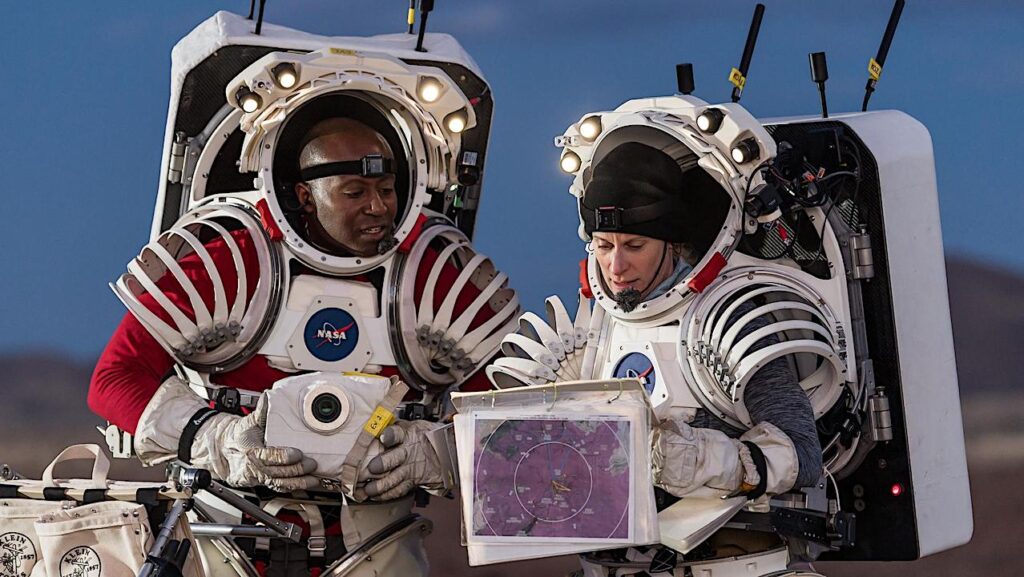Thresholds of Temperature and Time for Mars Sample Return: Final Report of the Mars Sample Return Temperature-Time Tiger Team

The Temperature-Time Tiger Team (T4) was chartered by NASA and ESA to evaluate the potential for degradation or alteration of the Mars Sample Return (MSR) samples if they are exposed to temperatures between +30°C and +60°C, and to what extent this alteration may reduce the scientific value of the samples. Thirteen scientists were selected to represent scientific disciplines expected to be most affected by sample heating. Team expertise helped in understanding whether exposing samples to temperatures between +30°C and +60°C poses risk to the sample integrity and, therefore, to future scientific investigations.
Key processes identified were as follows: the release of volatiles by desorption and sublimation and release from condensed phases (interiors, decomposition, dehydration); chemical reactions including gas-gas and gas-solid; deliquescence of hygroscopic salts; acid/base interactions (potential for extreme pH conditions); aqueous redox reactions, isotopic exchange (aqueous phases, minerals, gases, organic phases); condensation and freezing (in the after-heating cooling phase); and interactions with the sample tube materials. There is potential for multiple interactions and overlapping effects.
For inorganic materials and their records, over both long time scales (hours to days) and short-time scales (minutes to hours), no temperature excursion above +30°C could be accommodated without loss of science. There would be some robust constituents (feldspars, quartz, pyroxenes, etc.) that are unaffected but also less robust constituents (salts, phyllosilicates, radicals, etc.) that would be affected across all temperature ranges ≤60°C.
For organic materials, in particular organic biosignatures, the risks reflect that preservation is reliant on a number of processes, and a change in one component within a sample tube can affect another. For organic materials, over long timescales of hours to days no temperature excursion above +30°C could be accommodated without loss of science, but over shorter timescales (minutes to hours), raising the temperature to 40°C could be manageable without major disruption to science, whereas temperatures above 40°C would lead to significant losses.
The consideration of these findings by the MSR team will help maintain the fidelity of samples returned from Mars in the future and maximize scientific return when they are analyzed in Earth laboratories.
The decision to implement Mars Sample Return will not be finalized until NASA’s completion of the National Environmental Policy Act (NEPA) process. This document is being made available for planning and information purposes only. The authors would like to express thanks for the following support: MAS (UK Space Agency grants ST/N000560/1, ST/V002732/1, ST/V006134/1 and ST/W002264/1), EES (NERC grant NE/V010824/1), KCB (NASA grant 80NSSC20K0235), BC. A portion of this work was carried out at the Jet Propulsion Laboratory, California Institute of Technology, under a contract with the National Aeronautics and Space Administration (80NM0018D0004), RCP (NSERC) and JPD (NASA). For the purpose of open access, the author has applied a Creative Commons Attribution (CC BY) license to any Author Accepted Manuscript version arising. The authors are extremely grateful for the detailed suggestions of two anonymous reviewers.
Thresholds of Temperature and Time for Mars Sample Return: Final Report of the Mars Sample Return Temperature-Time Tiger Team Astrobiology. 2024 May;24(5):443-488. doi: 10.1089/ast.2023.0098. (open access link expires on/by 30 June 2024)
Astrobiology








